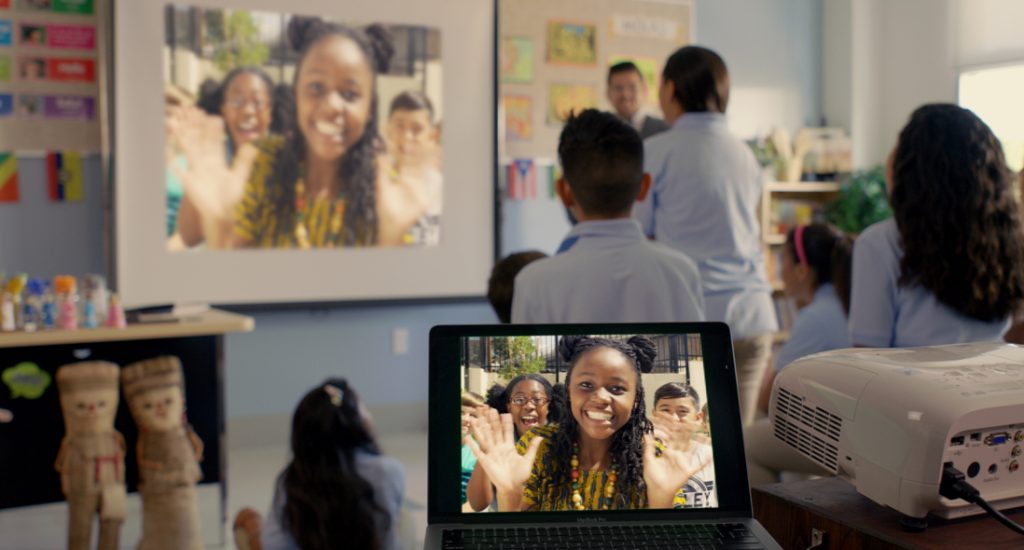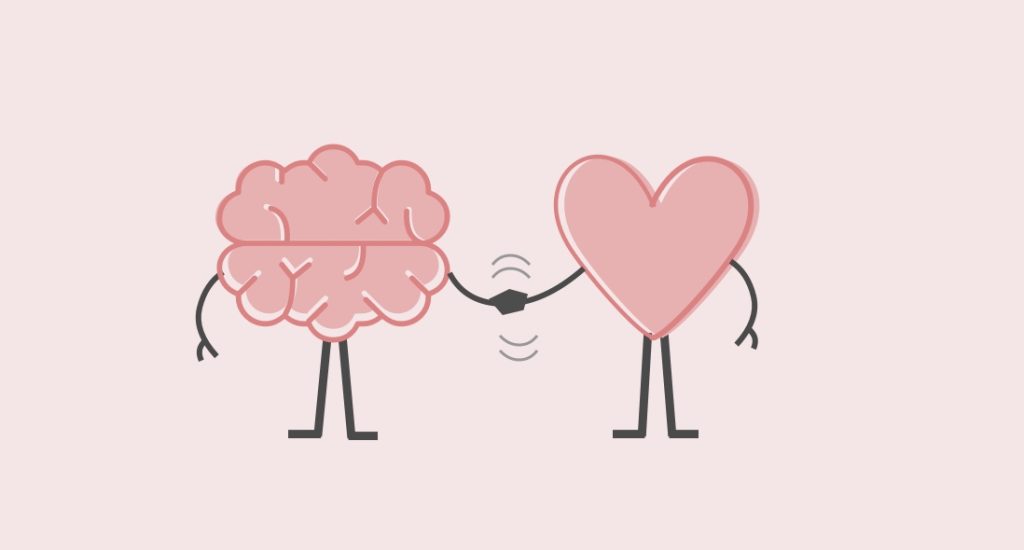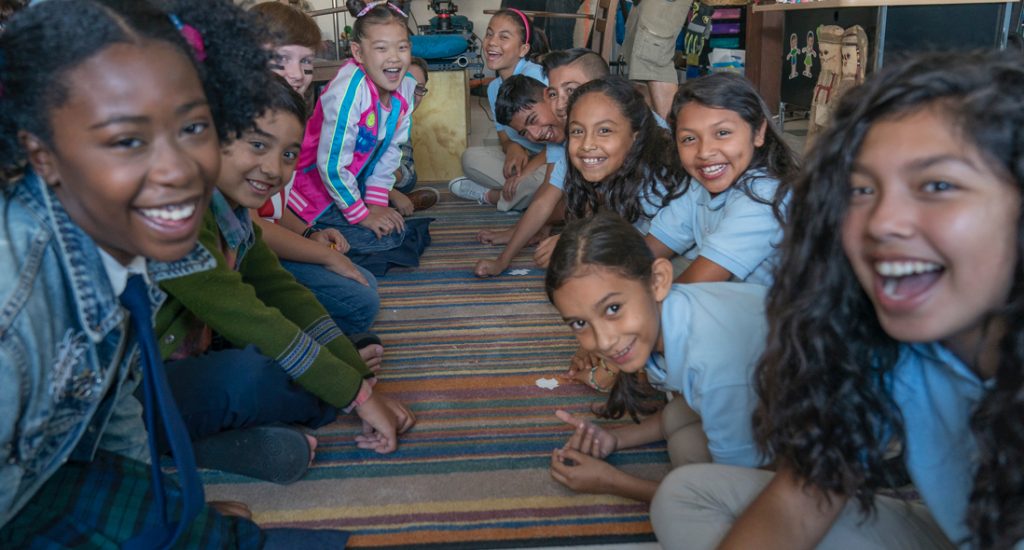Empatico connects children around the world to build relationships, deepen empathy, and bring learning to life
Extensive research confirms that empathizing and communicating effectively with others and establishing and maintaining positive relationships are universal social and emotional competencies that support academic, professional, and interpersonal success. Yet humans tend to have notably less empathy for those they perceive to be dissimilar to themselves – a pattern known as the intergroup empathy gap (1). Empatico seeks to narrow this gap by offering innovative educational tools that help young learners in diverse contexts develop critical social skills as they discover how their peers around the world live.
Results from our recent evaluation study suggest Empatico can help narrow the “intergroup empathy gap.” Students were more likely to practice empathy and recognize similarities with peers from different communities.
Participating in at least three Empatico exchanges resulted in students becoming:
- 19.8% more likely to practice empathy (perspective-taking) and
- 15.1% more likely to feel they have “a lot in common” with children from other countries (2), relative to what would have been expected in the matched comparison group (3)
These initial findings suggest that Empatico is a valuable teaching and learning tool that can improve student’s perceptions about peers from other places and backgrounds and increase empathy. Empatico activities are specifically designed to emphasize SEL skills and relationship building by highlighting similarities and fostering empathy. Students are constantly reminded to look for commonalities and appreciate the different perspectives they discover when they connect and collaborate with peers in their partner classroom. As students encounter differences, their teachers are equipped to guide them through practices of perspective taking and “seeing the world through their partner’s eyes.” Such experiences help young learners build self-awareness and begin to recognize that a range of factors might influence their own and others’ perceptions about the world. Given this design focus, it is no surprise that our most significant results are related to empathy and perceiving similarities with peers from other places.
Research Design
This is the first study, to our knowledge, to investigate the effects of virtual exchanges on empathy in young students. We teamed up with researchers from Stanford University and designed a quasi-experimental study that compared students who participated in a series of Empatico exchanges to those who did not (4, 5) with 498 students in total. Both groups were surveyed twice: once at the beginning of the evaluation period and again after the students’ final Empatico exchange. By comparing students who participated in Empatico with similar peers who did not and controlling for several factors (6), we are able to better isolate the effect of Empatico on student outcomes (7). This was a follow up to our pilot study in early 2018, which you can learn more about here. Additional study information is available upon request by emailing support@empatico.org.
Footnotes
1: Cikara, M., Bruneau, E. G., & Saxe, R. R. (2011). Us and them: Intergroup failures of empathy. Current Directions in Psychological Science, 20(3), 149-153.; Riess, H. (2018).
2: Percentages refer to treatment effects, using a linear regression model controlling for several factors.
3: The treatment effects for the remaining five outcomes were positive, but not statistically significant. Future research with a larger sample size might yield more precise and thus conclusive evidence on these outcomes.
4: Teachers who were part of the treatment group were also doing an Empatico “teaching fellowship.” The main factors associated with a teaching fellowship that are different from other Empatico teachers are that Fellows received compensation and encouragement from Empatico staff to complete the exchanges. Given that all research participants would also have to receive both compensation and encouragement to complete the study, it seems these factors are similar across the Fellowship model and any potential research study.
5: The comparison group was created in two ways: First, educators who taught 2+ classes surveyed two of their classes– one class that participated in Empatico and another class that did not participate. Second, educators who only taught one class nominated another classroom in their school that was of similar age range as their own, but that did not participate in Empatico.
6: We controlled for: classroom effects (standard errors clustered at the classroom level), effects over time (i.e., use of the pre- and post-tests), and individual student effects (e.g., languages spoken, whether they had siblings, etc.).
7: Note that this design assumes that assignment of students to the “treatment” or “comparison” group was quasi-random, given that most students are randomly assigned to a particular classroom at the start of the school year. Post-hoc analyses revealed there were no significant differences in baseline covariates between the treatment and comparison groups. This supports the claim that assignment of students to each group is “as good as random.”



